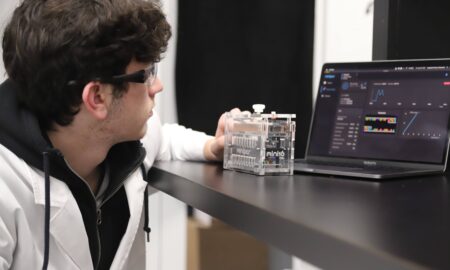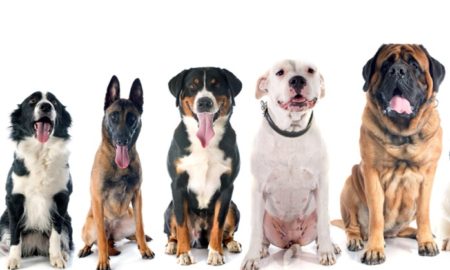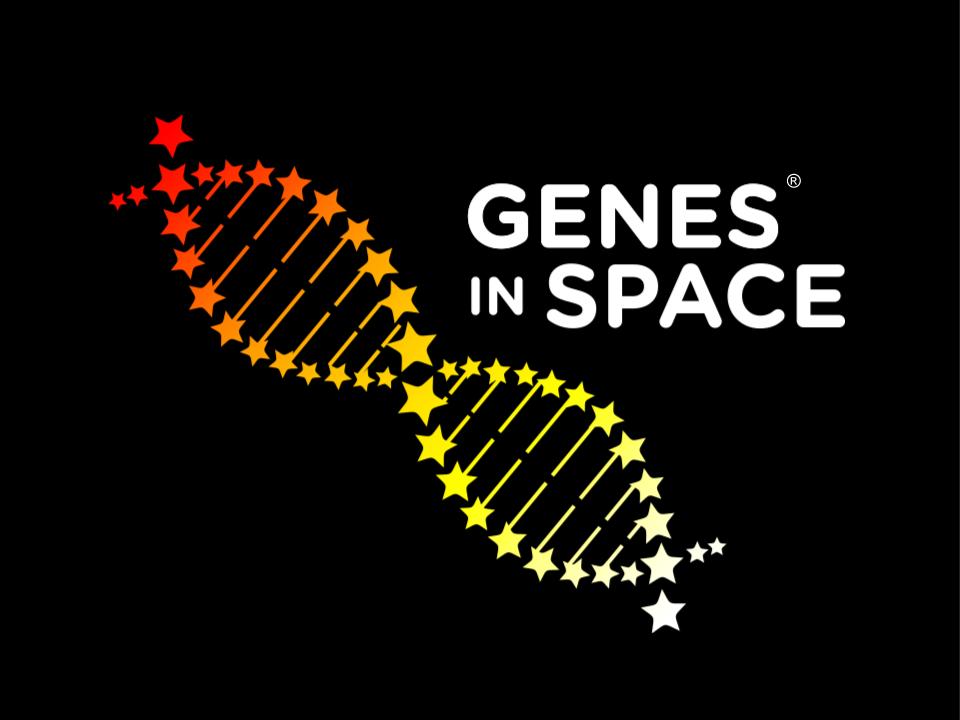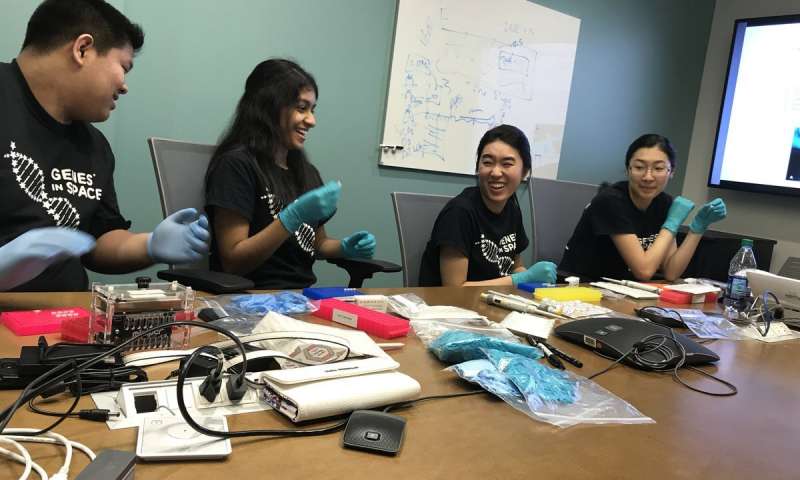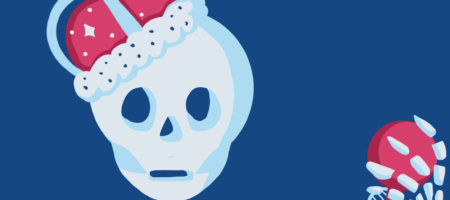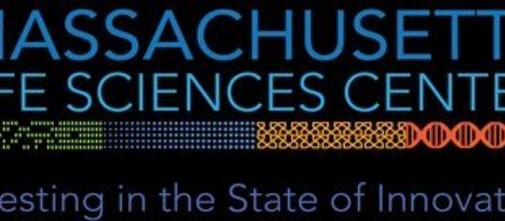Meet the researchers who inspired our Microbe Hunters Learning Lab
In our new Microbe Hunters Learning Lab™, students use gel electrophoresis to identify microbes growing aboard the International Space Station (ISS), with the ultimate goal of saving astronauts from a dangerous infection. This fictional lab scenario might sound out-of-this-world, but it’s actually based on real-life research taking place aboard the ISS! Meet some of the scientists who inspired Microbe Hunters below:
Dr. Sarah Wallace: Dr. Wallace is a microbiologist based at NASA’s Johnson Space Center in Houston, TX. Her team uses biotechnology to keep astronauts safe from pathogenic microbes, using methods similar to the ones used in the Microbe Hunters lab. Dr. Wallace has collaborated with miniPCR bio through its Genes in Space contest, which launches student-designed experiments to space.
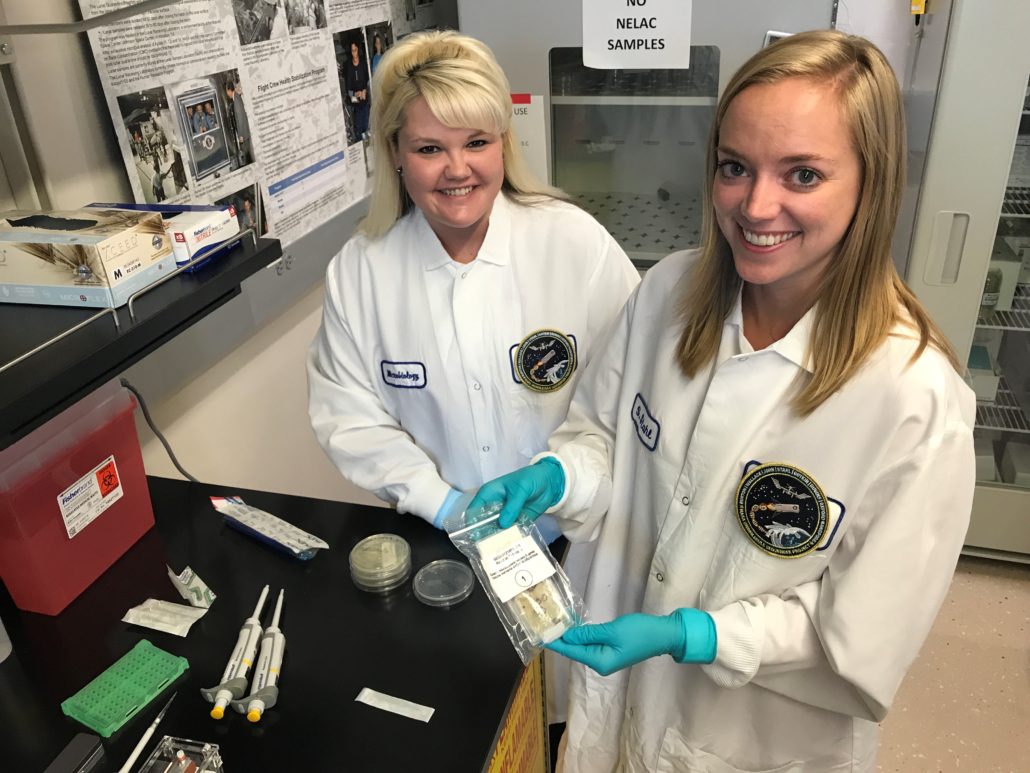
Dr. Kate Rubins: Dr. Rubins bridges the worlds of biology research and space: she is a virologist who was selected by NASA to become an astronaut in 2009. During a 2016 mission, she carried out the first DNA sequencing experiment in space aboard the ISS. In doing so, she established a workflow that astronauts could use to identify microbes during spaceflight, without a need to return samples to Earth for analysis.
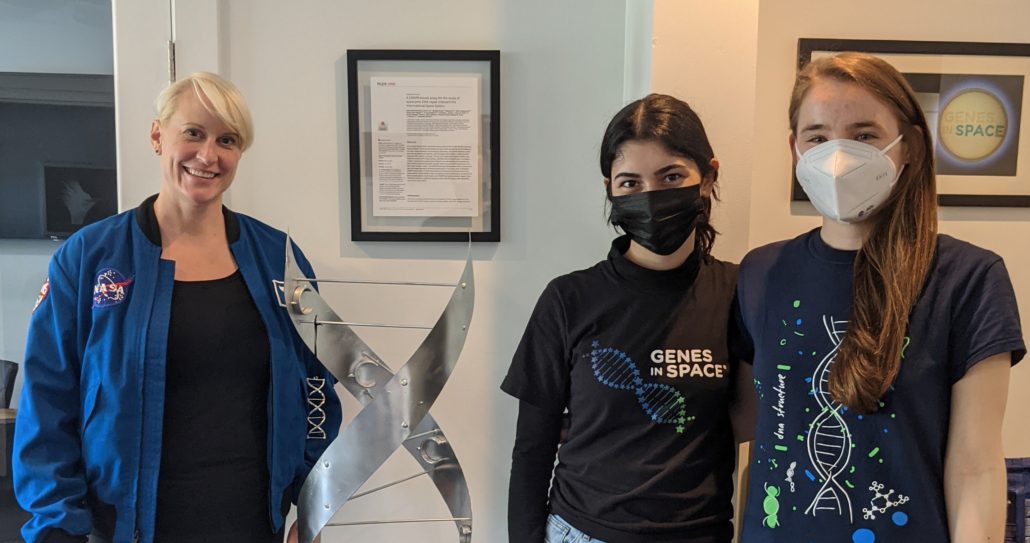
Selin Kocalar: As winner of the 2021 Genes in Space competition, Selin convinced us of the importance of identifying microbes during flight. She devised a method that uses BioBits cell-free technology to detect microbial contaminants in drinking water. Selin is currently an undergraduate student at the Massachusetts Institute of Technology. Learn more about the experiment Selin launched to the ISS in 2022 through Genes in Space.
Want to learn more? In this video, produced by miniPCR collaborator Dr. Alex Dainis, you’ll meet Dr. Wallace and Dr. Rubins, and learn more about the groundbreaking research they’ve carried out in space:

